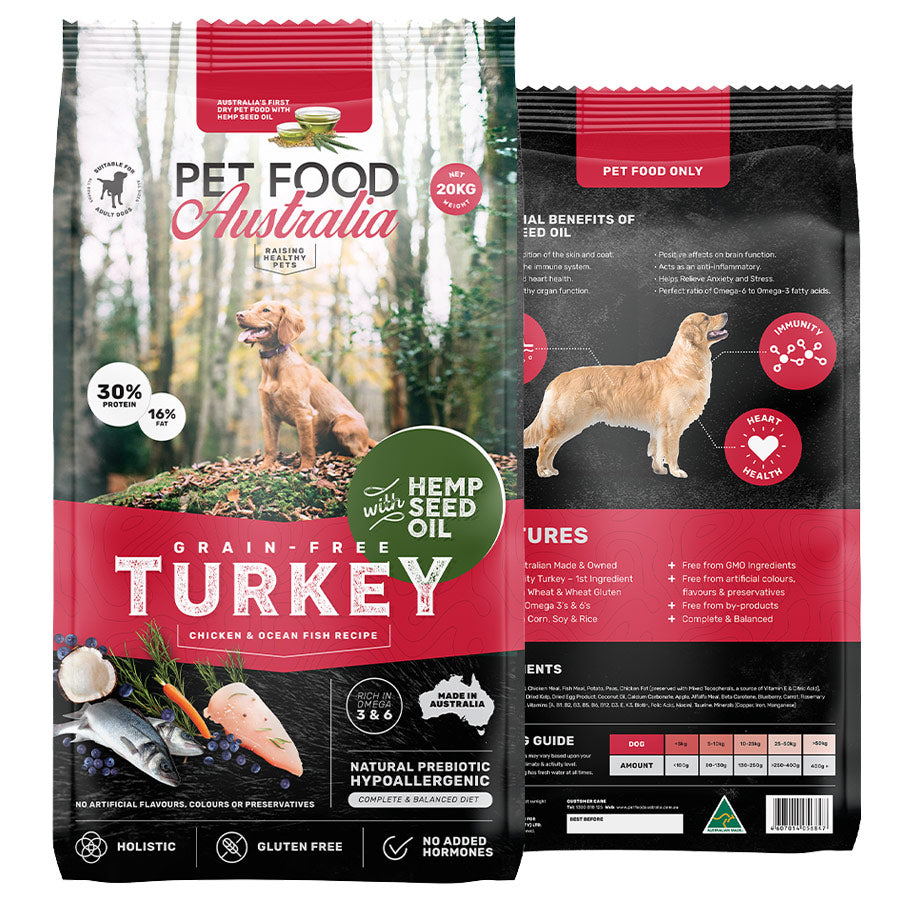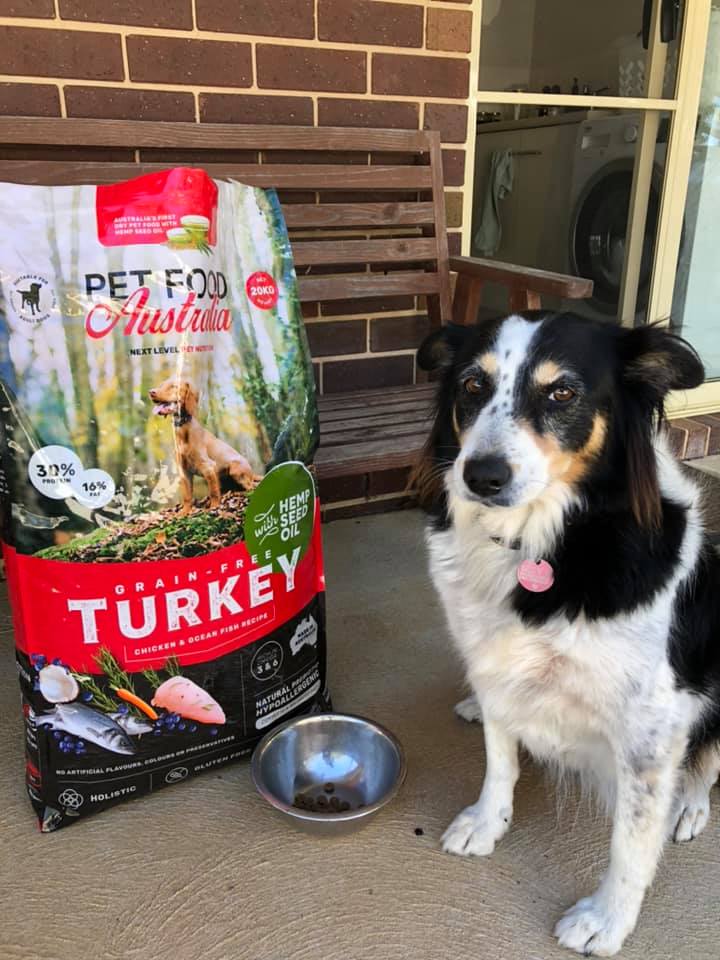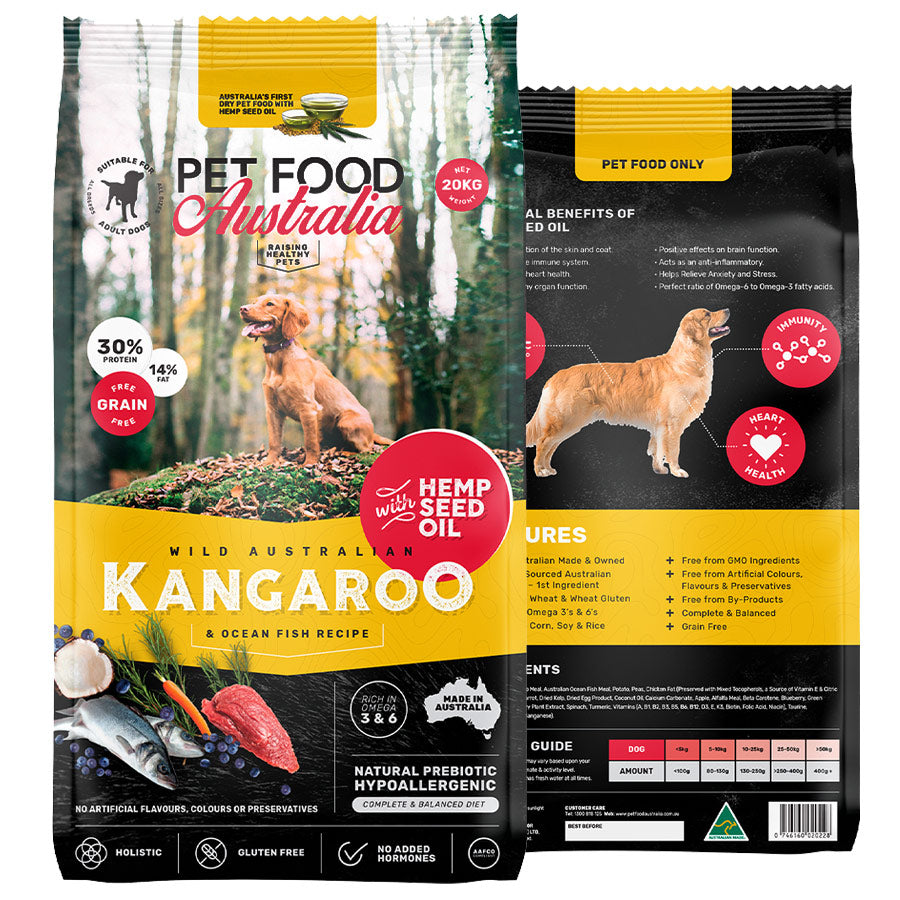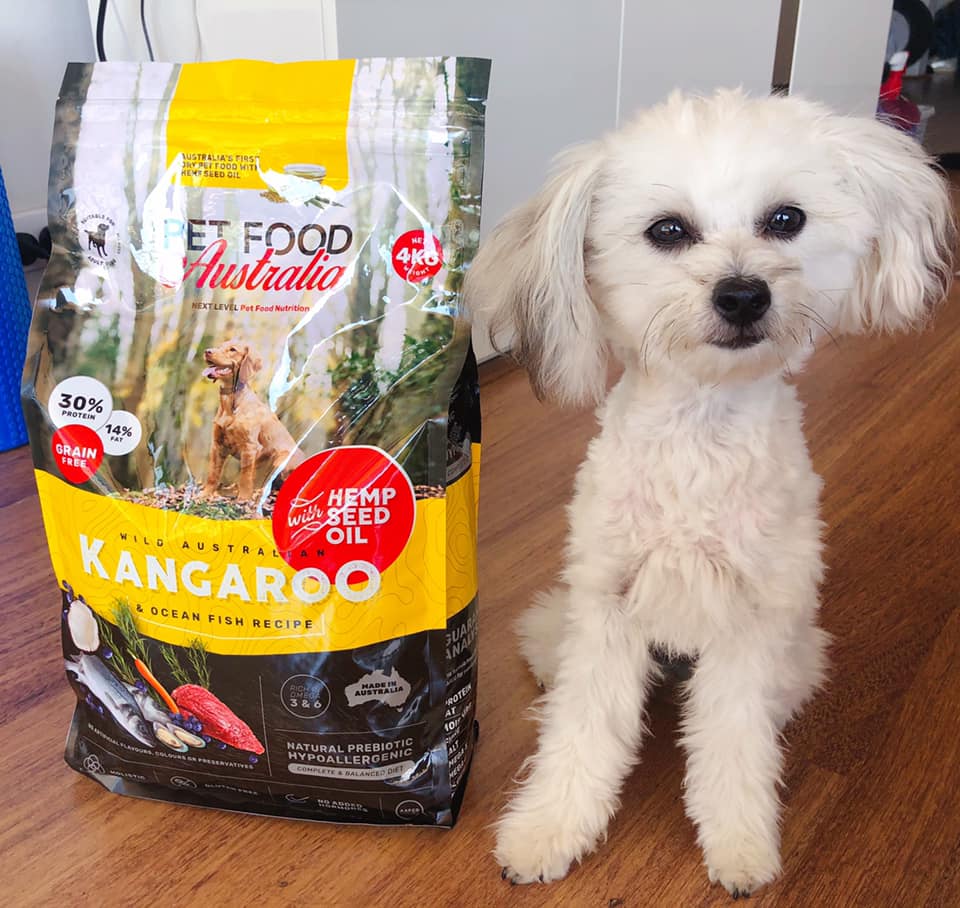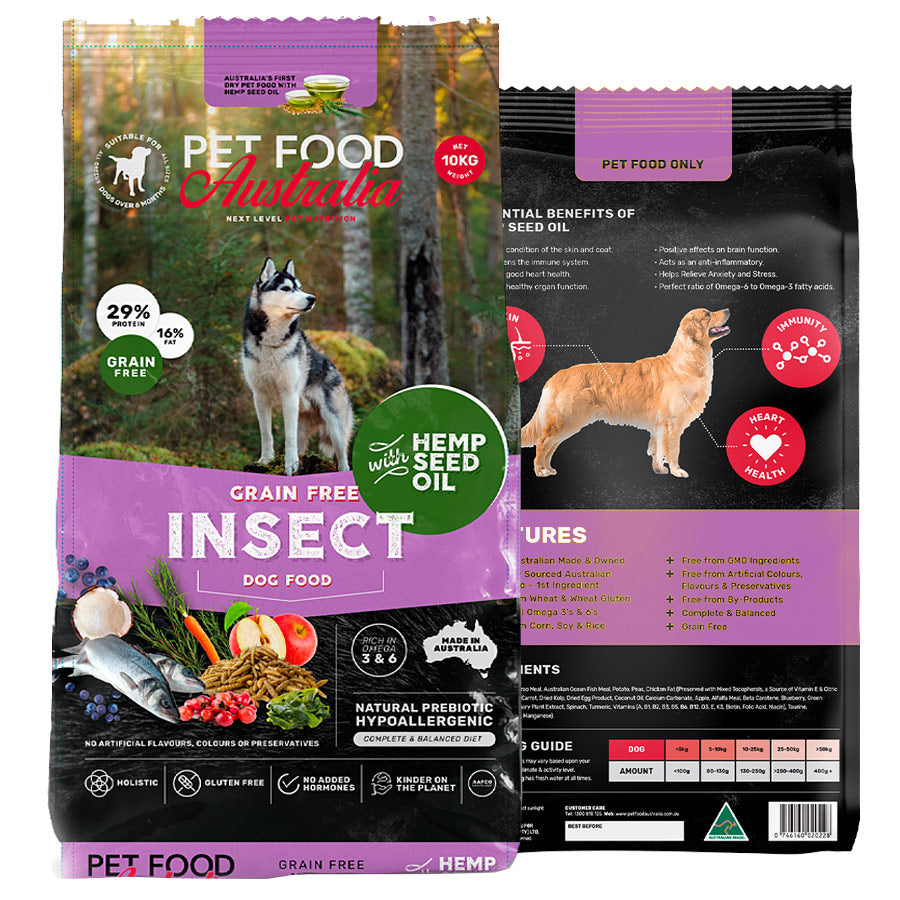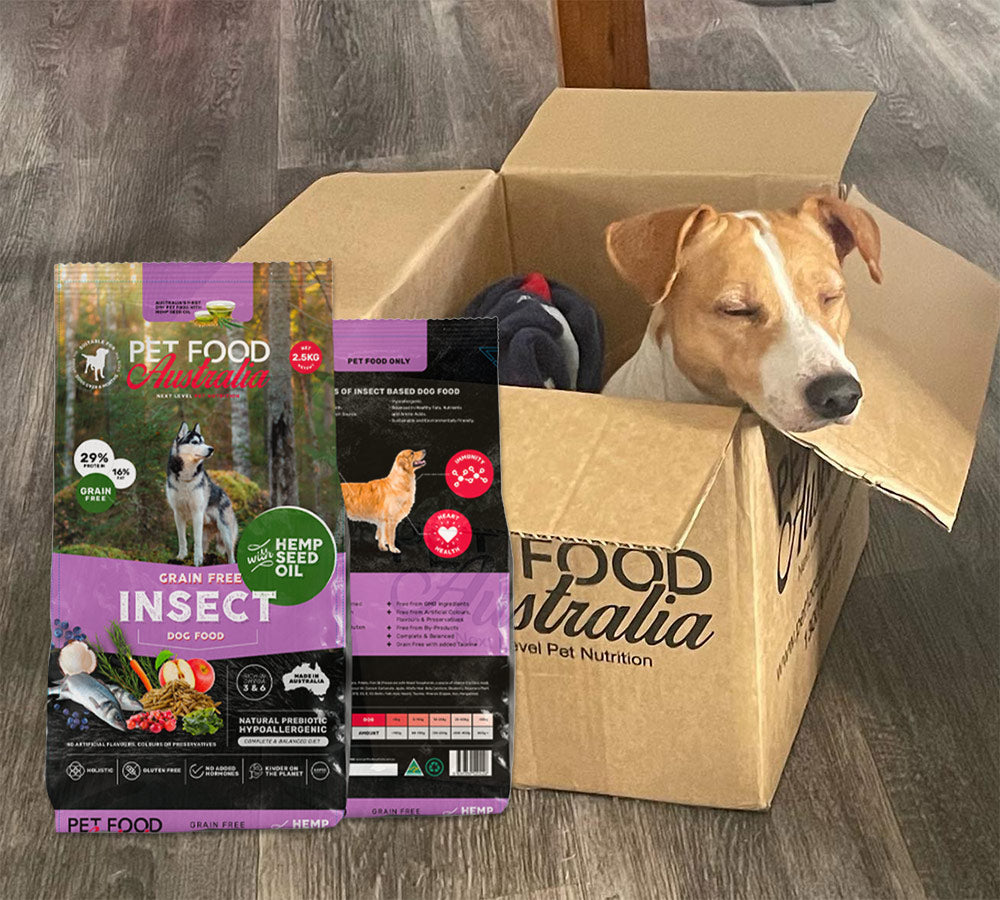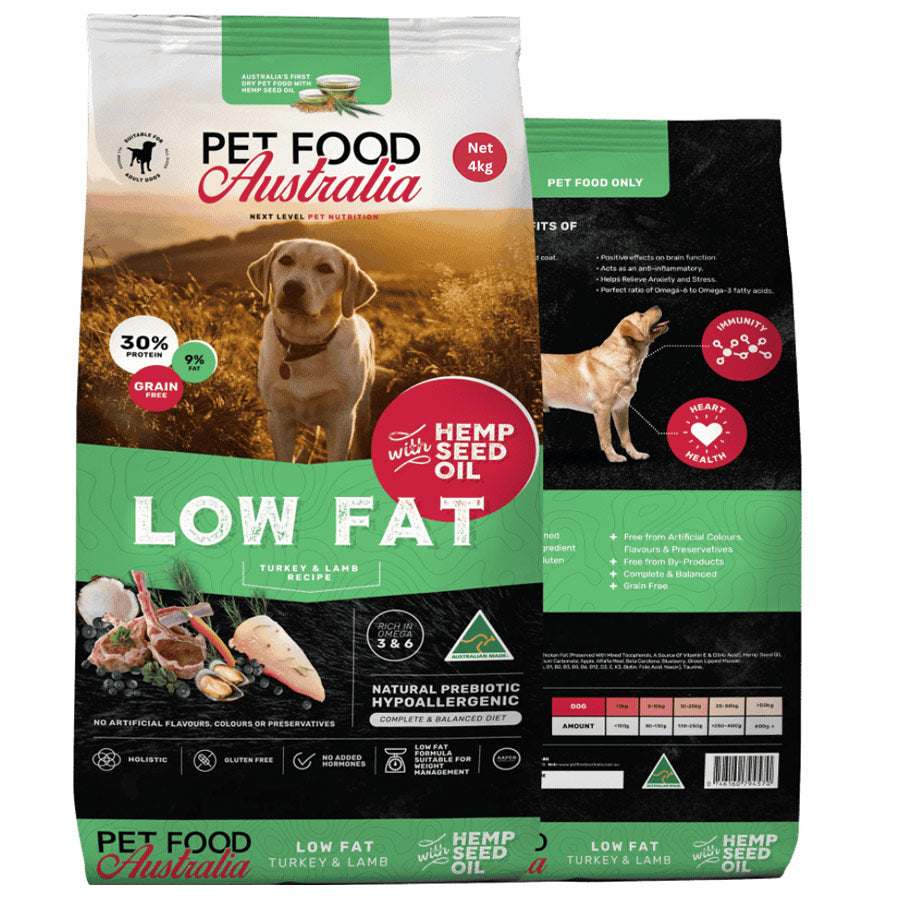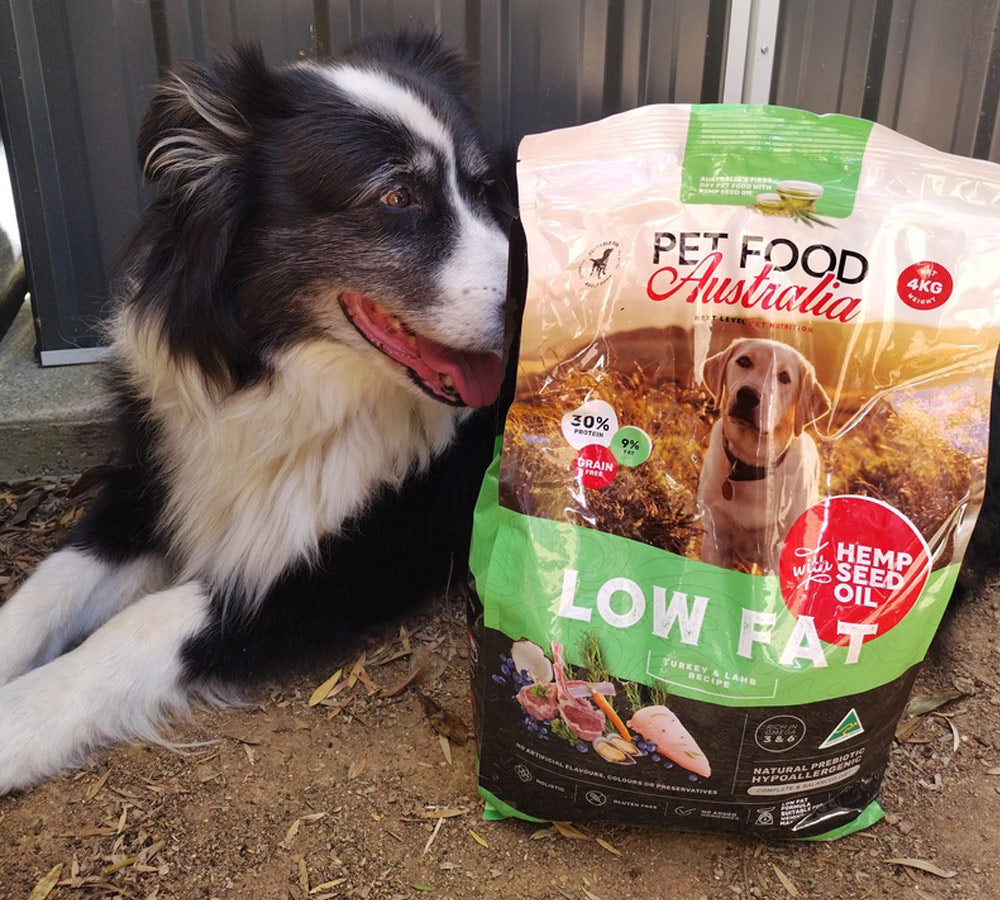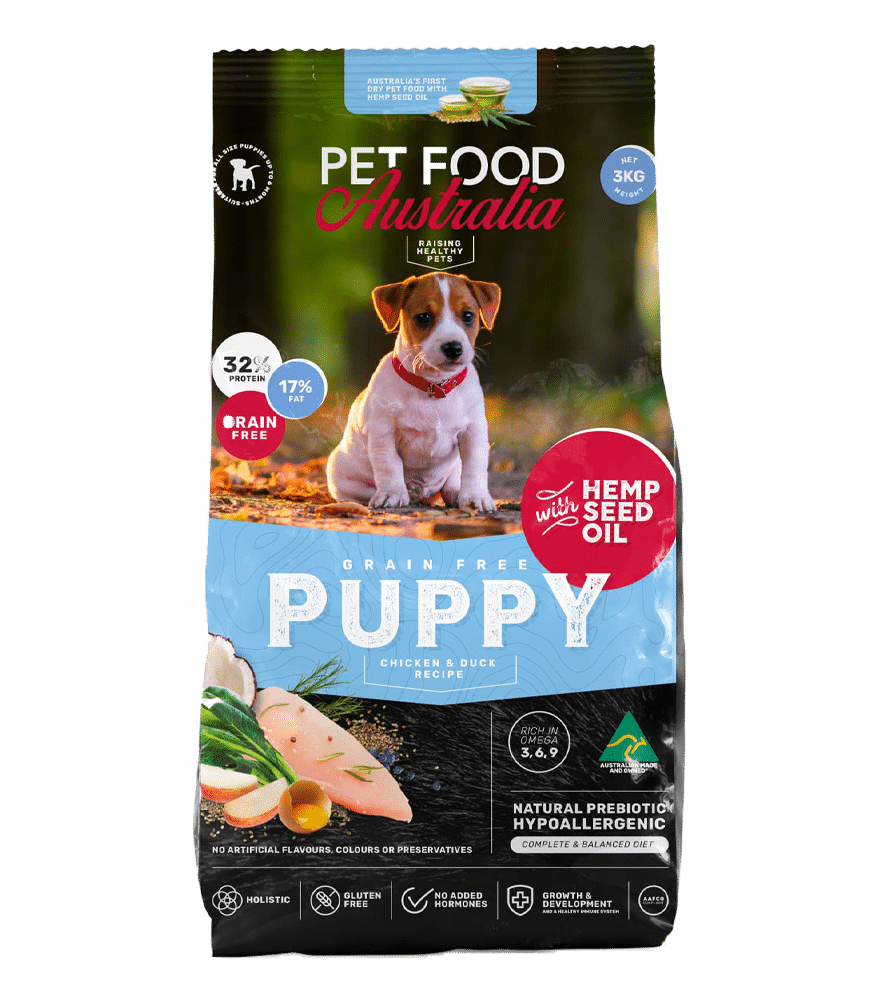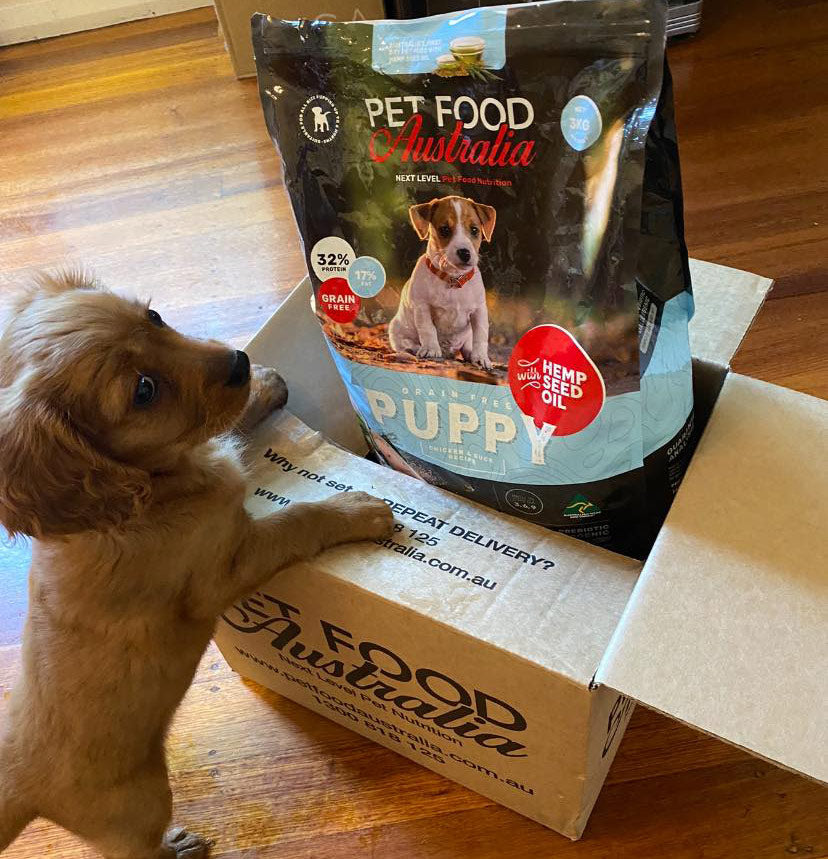How to Transition Your Pet to a New Diet Safely and Successfully
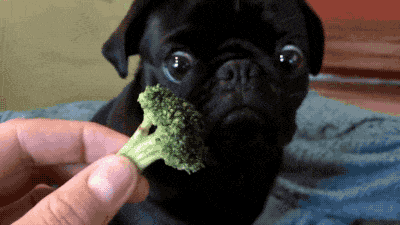
How to Transition Your Pet to a New Diet Safely and Successfully
Our furry friends are like family, and we want nothing but the best for them. But when it comes to switching up their diet, things can get a little tricky. Maybe your pet has some health issues that require a change in their food, or perhaps you just want to upgrade their kibble game. Whatever the reason, we understand that making the switch can be a real pain in the behind.
But fret not, dear pet owner! We've got your back. We've compiled a comprehensive guide to help you navigate the murky waters of how to successfully transition your pet to a new diet. So no more upset tummies or picky eaters - we have all the tips and tricks you need to ensure your furry friend is eating like a king (or queen).
We know that every pet is unique, with its own dietary needs and preferences. That's why our guide takes a personalized approach to help you find the right food for your pet. No more guesswork or trial and error - we'll guide you every step of the way.
Step 1: Start Slow

Day 1: Start the adjustment by mixing a small amount of the new food with your pet's current food. Begin with a ratio of 75% old food to 25% new food. Serve the mixture in your pet's usual dish and monitor their reaction. If they eat it without any issues, you can gradually increase the amount of new food in the mix over the next few days.
Day 3: Increase the ratio to 50% old food and 50% new food.
Day 5: Increase the ratio to 25% old food and 75% new food.
Day 7: Your pet should now be ready to completely transition to the new food. Serve only the new food in their dish.
Step 2: Monitor Your Pet's Reaction

Throughout the transition period, carefully monitoring your pet's reaction to the new food is essential. For example, keep an eye on their stool to ensure that they are not experiencing any digestive upset. Also, monitor their energy levels, coat quality, and overall health to ensure that the new food agrees with them.
Step 3: Stick to a Schedule

Feeding your pet on a regular schedule can help make the transition smoother. Try to stick to a routine when feeding your pet, and avoid giving them table scraps or extra treats during the transition period. Stick to the recommended amount of food for your pet's weight and age, and ensure they have access to plenty of fresh water.
Step 4: Consider the Nutritional Needs of Your Pet
When choosing a new food for your pet, it's essential to consider their nutritional needs. Depending on their age, breed, and health status, different pets have different requirements.
Step 5: Be Patient

Remember that transitioning your pet to a new diet takes time, and patience is essential. Some pets may take longer to adjust than others, but with patience and perseverance, you can help them make the switch successfully.
In conclusion, transitioning your pet to a new diet can be challenging, but it can be done successfully with the right approach. Following the steps outlined in this guide and monitoring your pet's reaction can ensure a smooth transition to a healthier diet.
As always, please do not hesitate to contact us here if you have any questions on how to transition your pet to a new diet. And don't forget to follow along on Facebook, Instagram & Youtube for more tips and tricks that deserve a round of a-paws.




